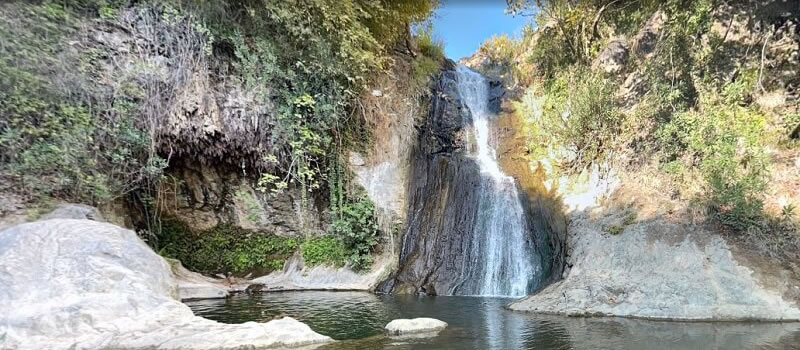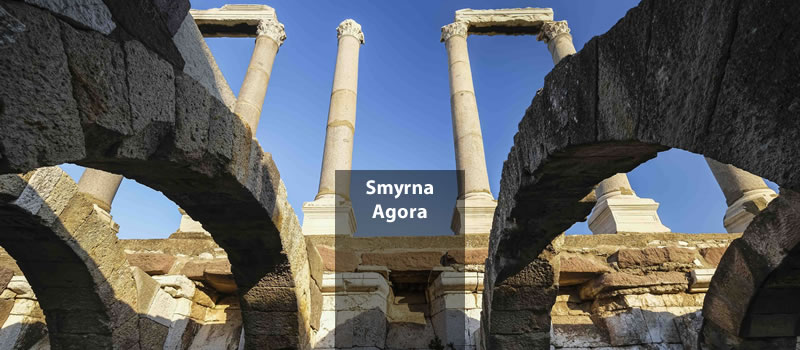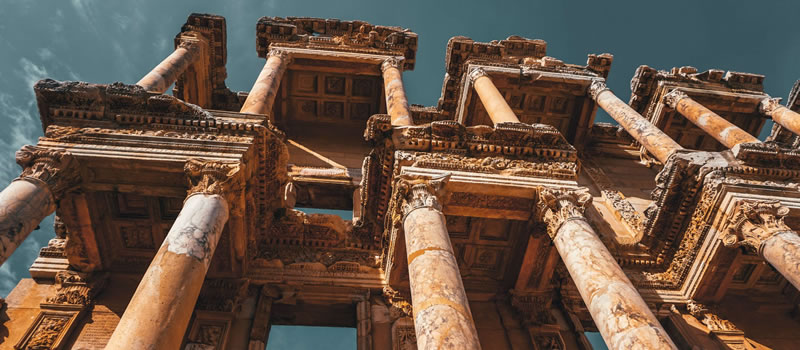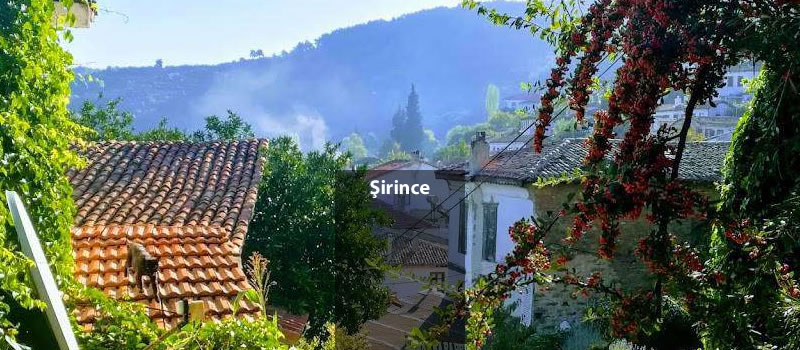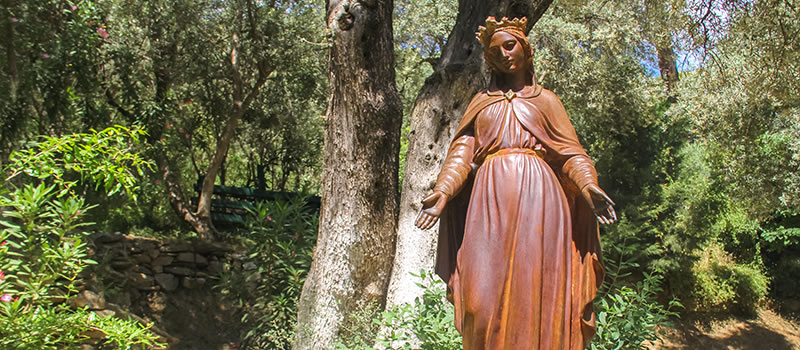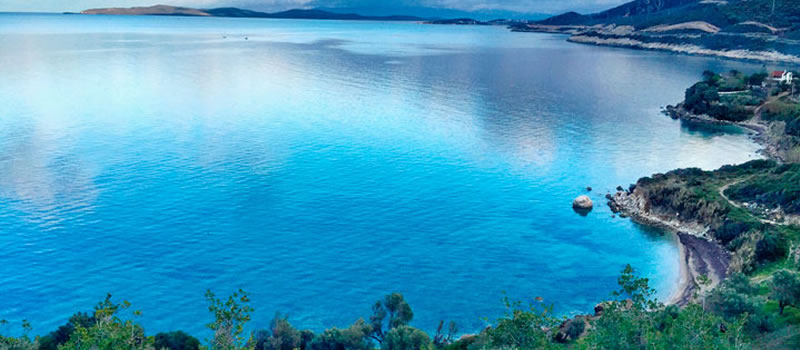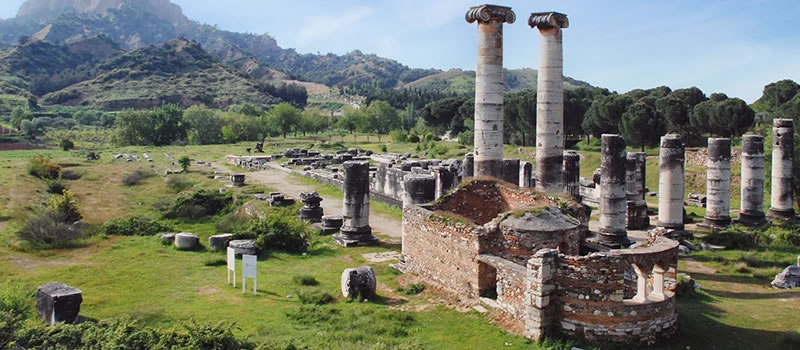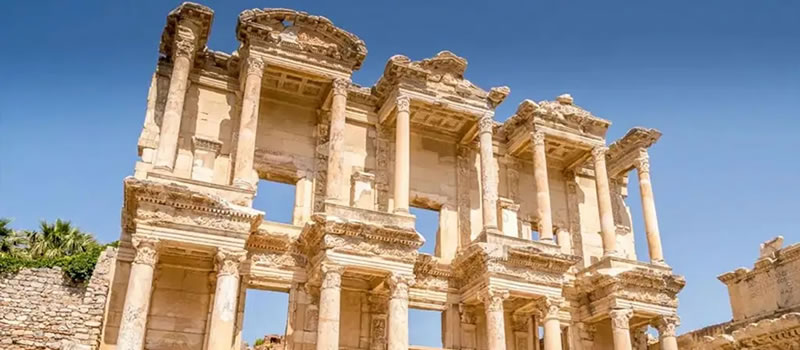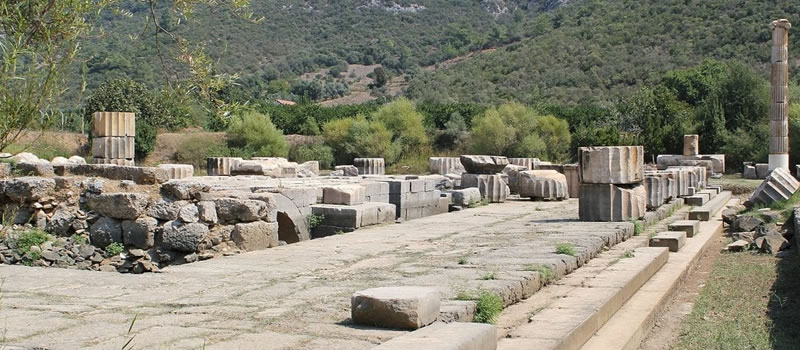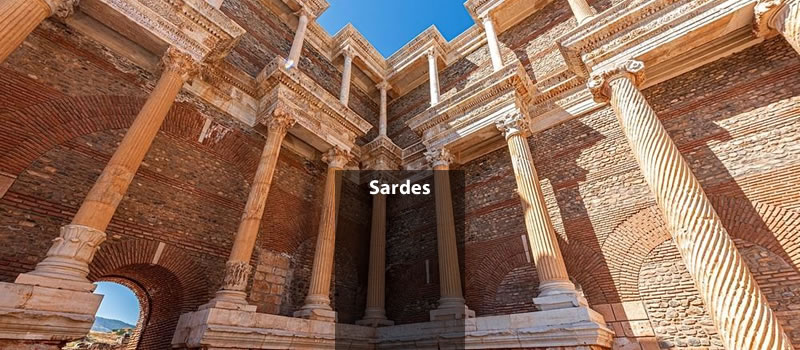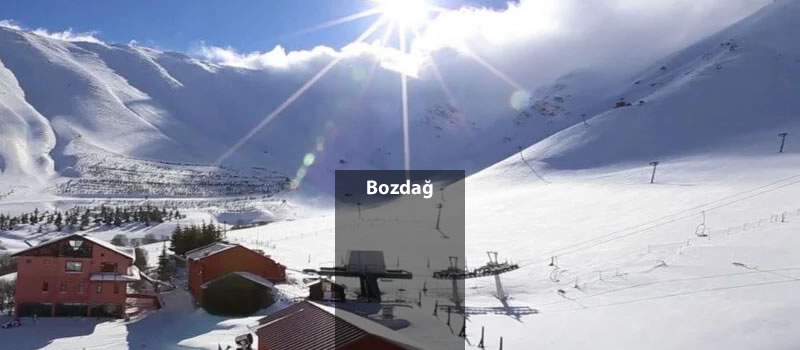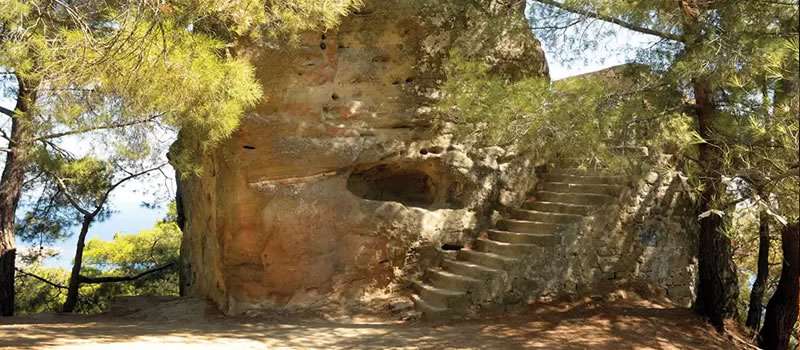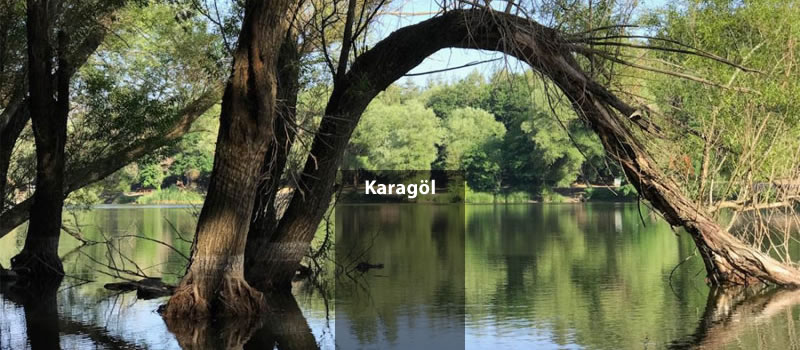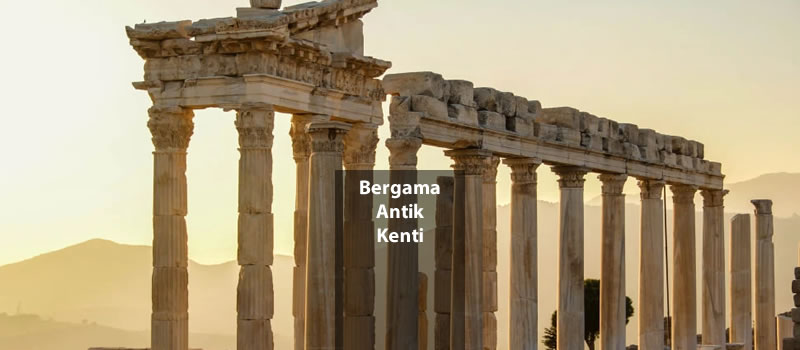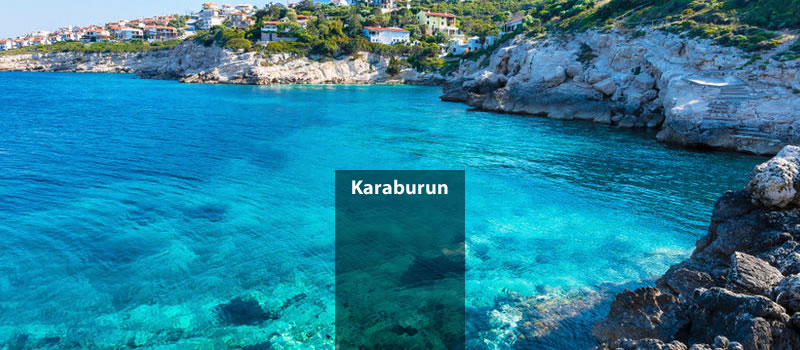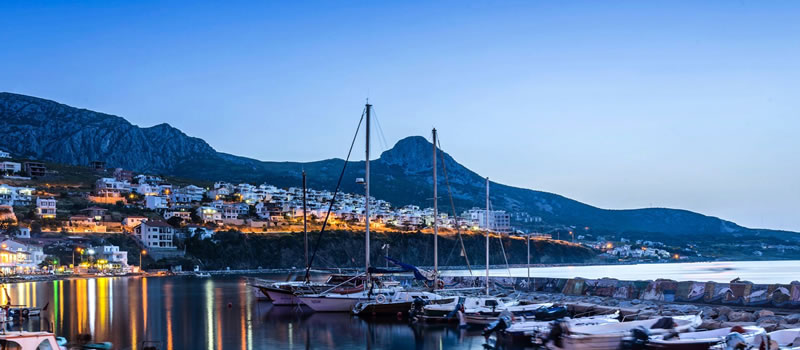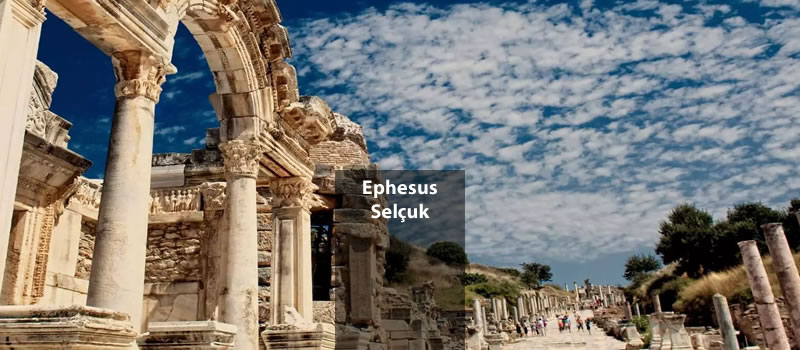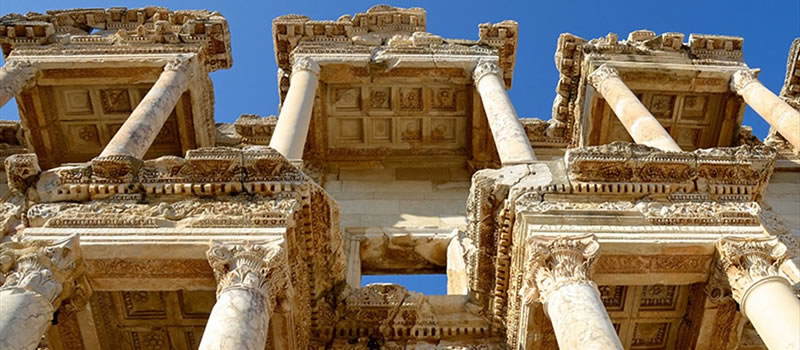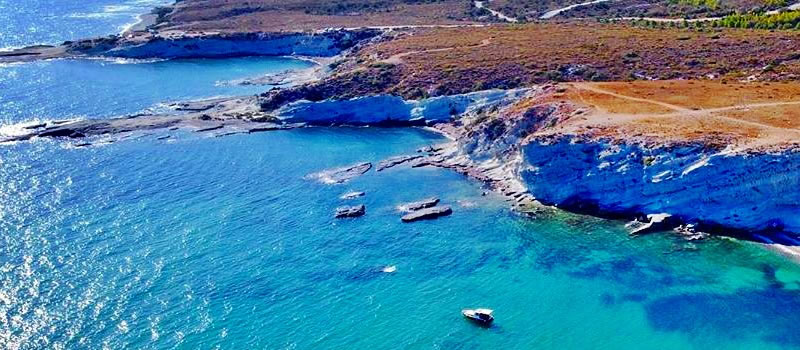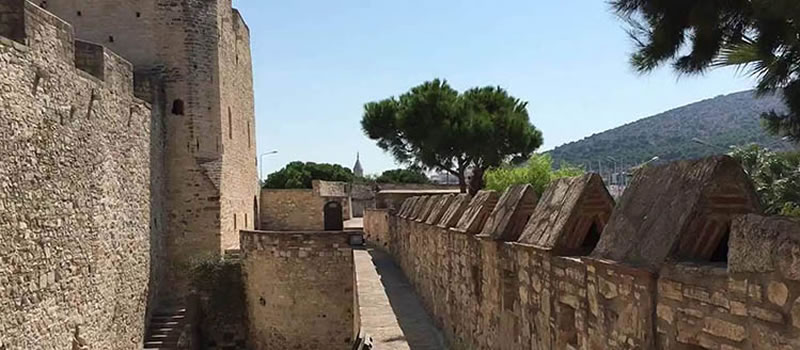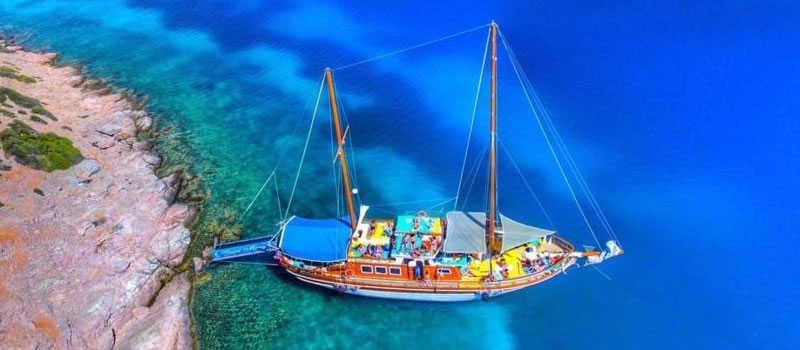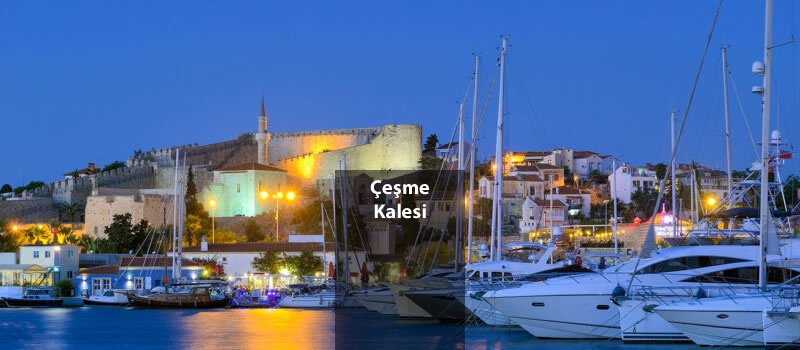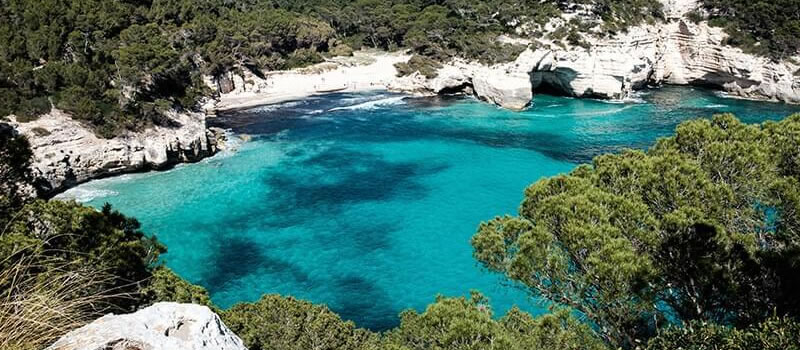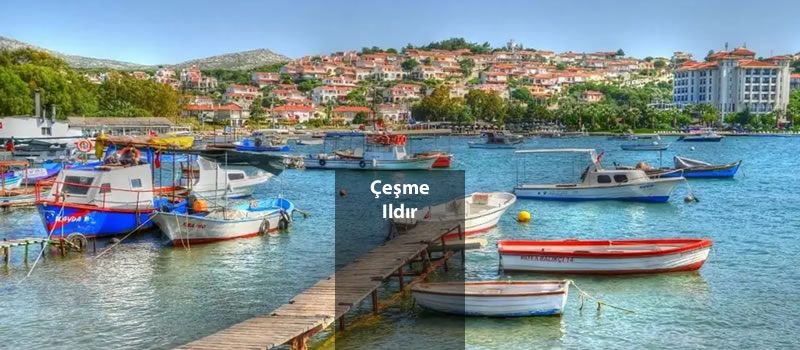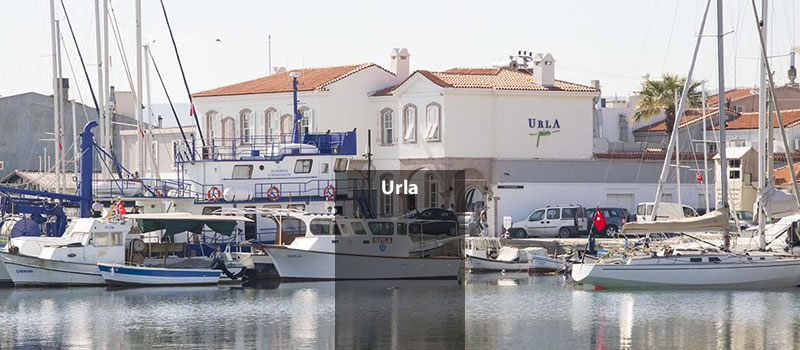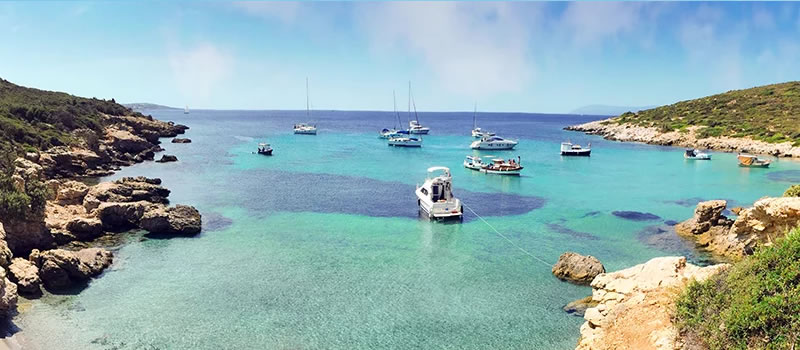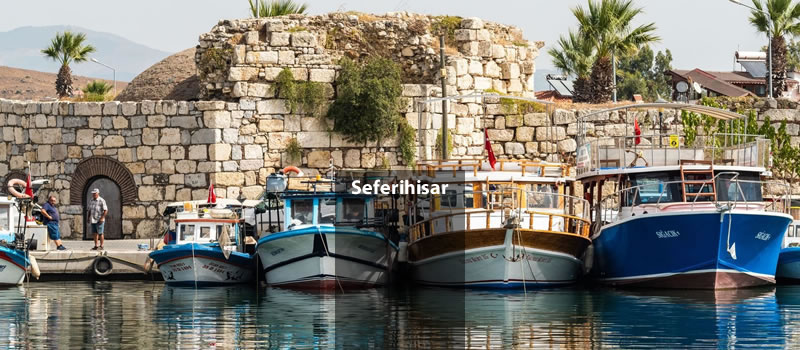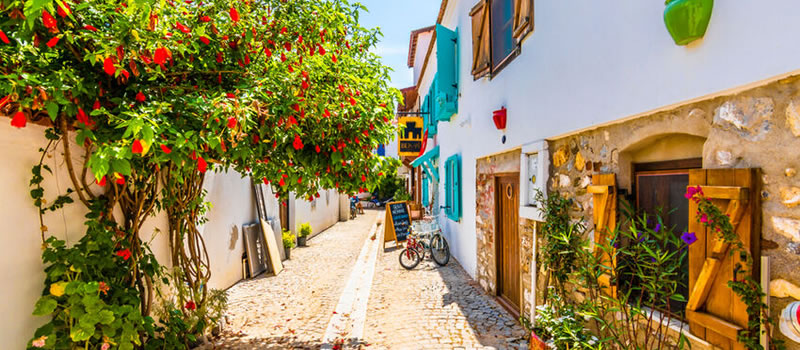Bozdogan Aqueduct
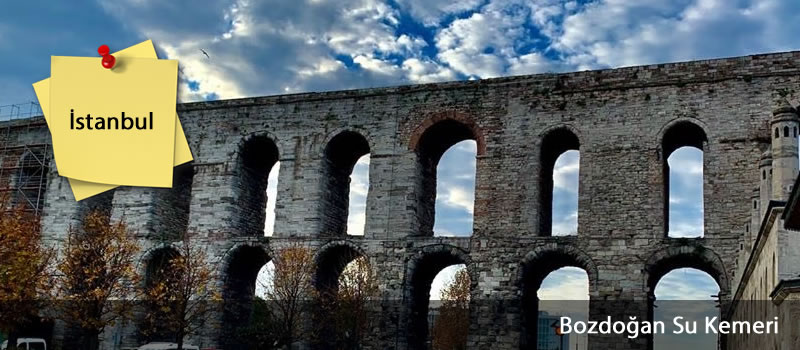
Also known as belt. It is located in the Saraçhane region within the borders of Fatih district.
Bozdoğan Aqueduct is part of a water transport system that is around 250 kilometers in length. The Valentin Aqueduct, one of the largest water canal facilities of the ancient period, filled the water tanks (numerous underground cisterns and open pools) of Constantinople, totaling 1 million cubic meters.
Throughout history, Istanbul has been a city that suffered from water shortages. Especially after it became the imperial capital, many large public buildings, palaces, increase in population and of course baths increased the need for water to the highest level.
Emperor Constantine, himself a highly experienced administrator, started the construction of an aqueduct after he made the city the capital. The exact start time of construction is not known. For this reason, it is accepted to date between the years 306 and 337, when Constantine reigned, as historians are sure that he started the construction. Another thing they are sure of is that Constantine's life was not devoted to finishing this arch and that the unfinished work was completed by Emperor Valens. That's why the Roman people started to refer to the arch as the Valens Aqueduct at that time. Today, both names are used, but the name Bozdoğan Kemeri is used a little more widely.
Various additions and maintenance were made to the arch during the Roman period. Perhaps the most important of these are those made during the Justinian period. Justinian I had connected the Bozdoğan Aqueduct to the Basilica Cistern, which was the largest water reservoir in Istanbul during the Roman period, and the Binbirdirek Cistern, which came after it. In addition, Theodosius I had a new arch built in the city in 328 AD, after the drought that seriously affected Constantinople.
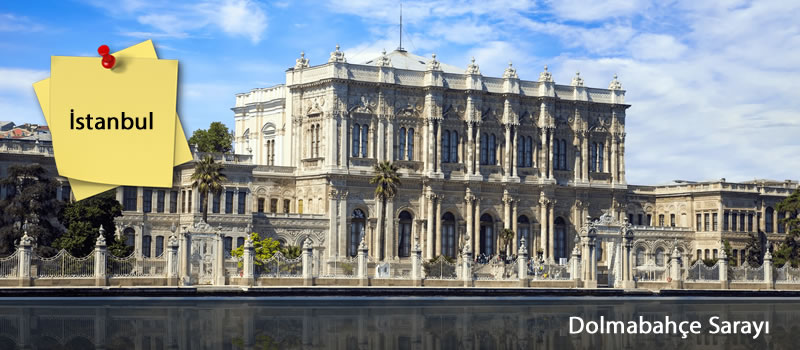 Dolmabahçe Palace09.11.2022
Dolmabahçe Palace09.11.2022 Istanbul Car Rental30.09.2022
Istanbul Car Rental30.09.2022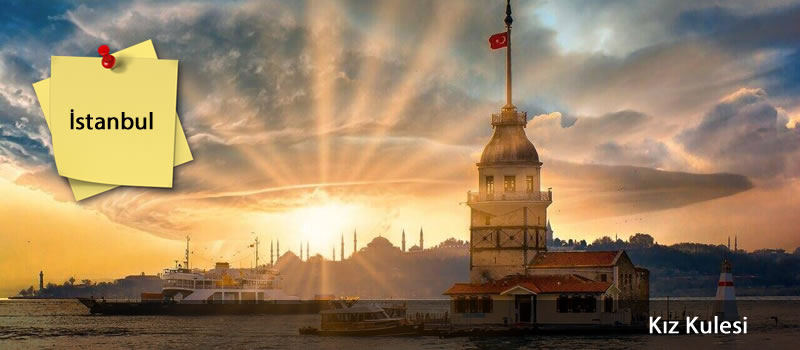 Maiden's Tower18.07.2022
Maiden's Tower18.07.2022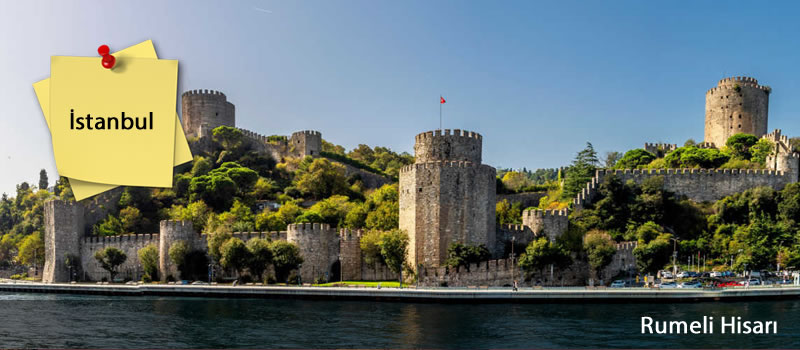 İstanbul Rumeli Fortress10.07.2022
İstanbul Rumeli Fortress10.07.2022 Anatolian Fortress28.04.2022
Anatolian Fortress28.04.2022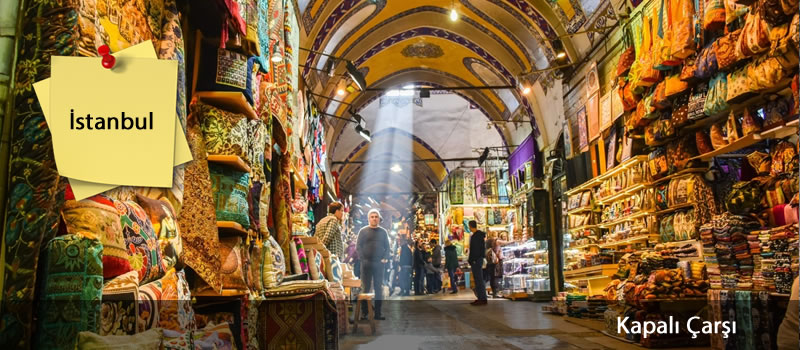 İstanbul Grand Bazaar15.02.2022
İstanbul Grand Bazaar15.02.2022 Istanbul History and Places to Visit10.01.2022
Istanbul History and Places to Visit10.01.2022 Basilica Cistern04.01.2022
Basilica Cistern04.01.2022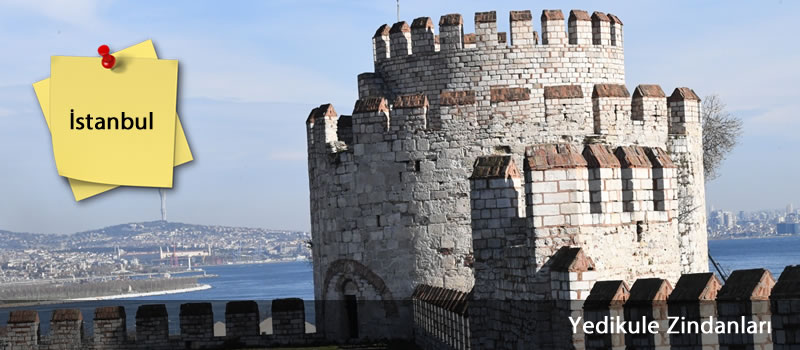 Yedikule Dungeons04.10.2021
Yedikule Dungeons04.10.2021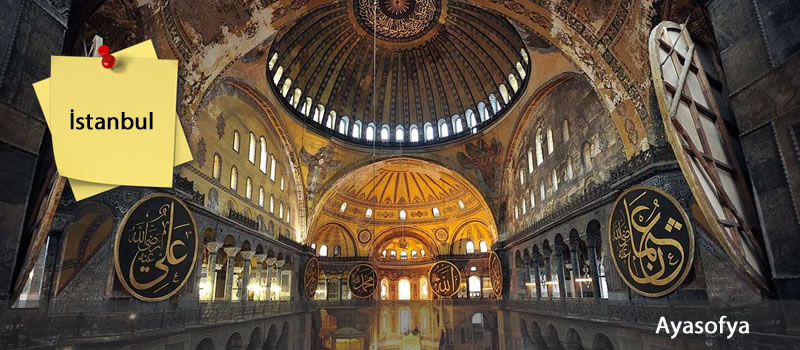 Hagia Sophia25.09.2021
Hagia Sophia25.09.2021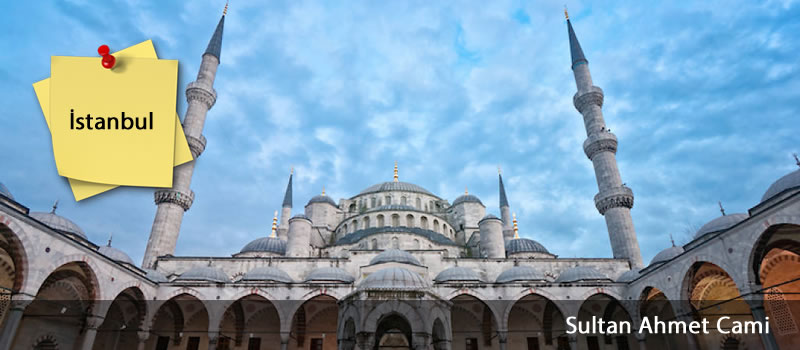 Sultan Ahmet Mosque24.07.2021
Sultan Ahmet Mosque24.07.2021


